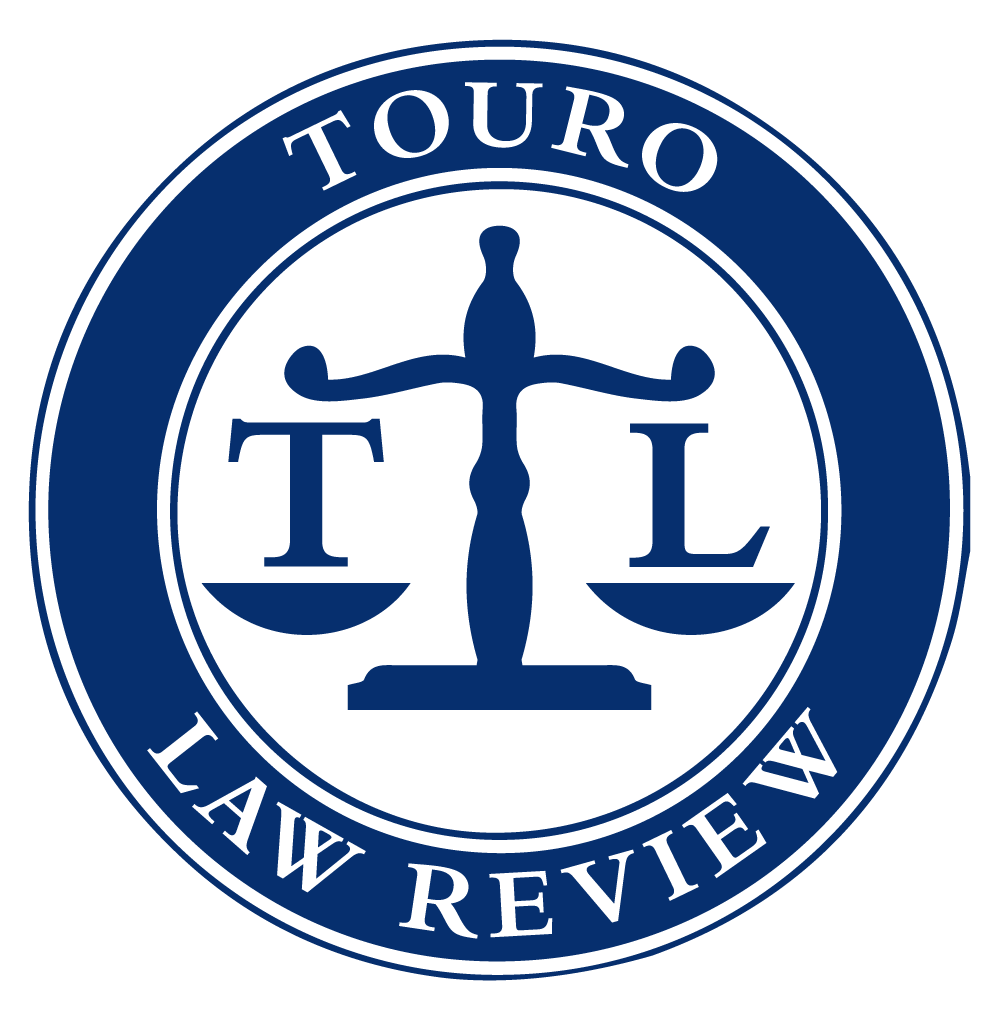
Touro Law Review
Abstract
This note analyzes the current circuit split over the application of the “Physical Restraint” sentence enhancement as applied to the crime of robbery. In the first camp, the circuit courts apply a broad or constructive meaning of physical restraint: allowing words or demands with the use of a firearm to trigger the enhancement. In many cases, the courts focus on the victim’s reaction to the perpetrator rather than the perpetrator’s actual conduct, suggesting psychological restraint rather than physical restraint. In the second camp, the circuit courts apply a plain meaning interpretation of physical restraint. These cases routinely find that the use of threats or demands in conjunction with a firearm during the course of a robbery is insufficient to trigger the physical restraint sentencing enhancements.The note opens with a hypothetical to set the stage, discusses the history and mechanics of the Federal Sentencing Guidelines, and then examines the relevant cases of each circuit. Further, this note advances three primary arguments for a plain language interpretation of “physical restraint.” First, the word “physical” modifies the verb “restraint” thereby limiting imposition of the enhancement to types of restraint that are in fact physical. Second, the sentencing enhancements for threats of death and use of deadly or dangerous instrumentalities appear in the same section as the physical restraint enhancement and would more adequately account for the type of behavior currently being scrutinized under the physical restraint enhancement in certain circuit courts. Thus, circuits of the first camp are applying the incorrect enhancement. Third, permitting reclassification of conduct through broad interpretation in order to trigger the physical restraint enhancement approaches the outer limits of the rule announced in Blockburger v. United States. Additionally, the analysis section of the note proposes an amendment to the sentencing guidelines to account for the psychological restraint which circuits of the first camp have improperly classified as physical. Ultimately, the note argues for national adoption of the Second Circuit’s test in United States v. Taylor,as the proper method for determining whether physical restraint has occurred to ensure appropriate application of the sentencing enhancement. Applying the Taylor Test to the opening hypothetical, it becomes clear that the offender’s conduct would not trigger the sentencing enhancement.
The note concludes with an overview of the Sentencing Guidelines’ original goal of bringing national uniformity to sentencing across the nation and discusses how the differences in interpretation have led to the opposite result. Finally, the note once again proposes the national adoption of Taylor in order to balance uniformity with proportionality and give effect to the notion that “words should mean something.”
Recommended Citation
Purcell, Conner J.
(2022)
"This Is Your Captain Speaking, Please Remain Physically Restrained While the Robbery Is in Progress,"
Touro Law Review: Vol. 38:
No.
1, Article 16.
Available at:
https://digitalcommons.tourolaw.edu/lawreview/vol38/iss1/16
Included in
Constitutional Law Commons, Courts Commons, Criminal Law Commons, Criminal Procedure Commons, Judges Commons, Supreme Court of the United States Commons


